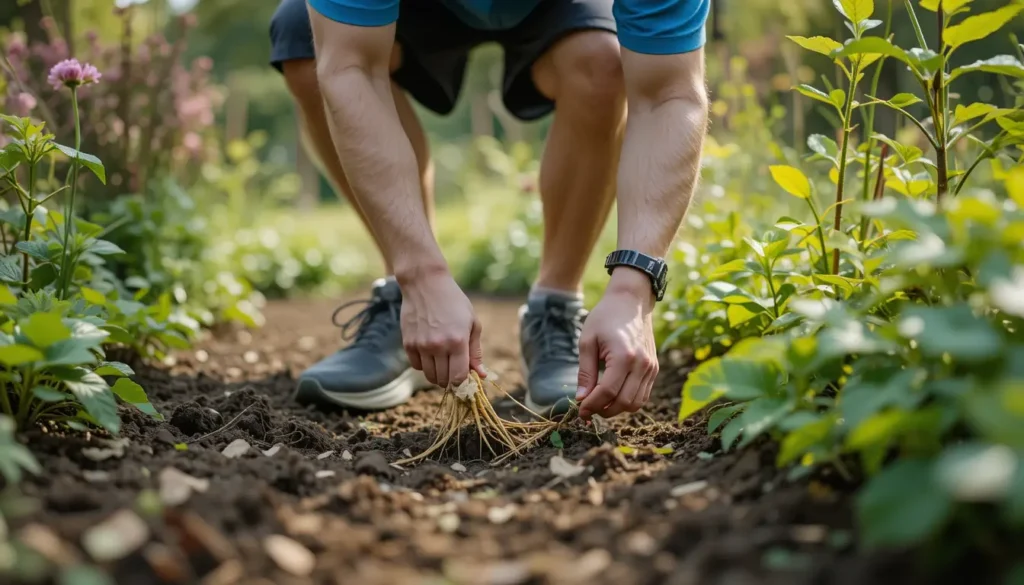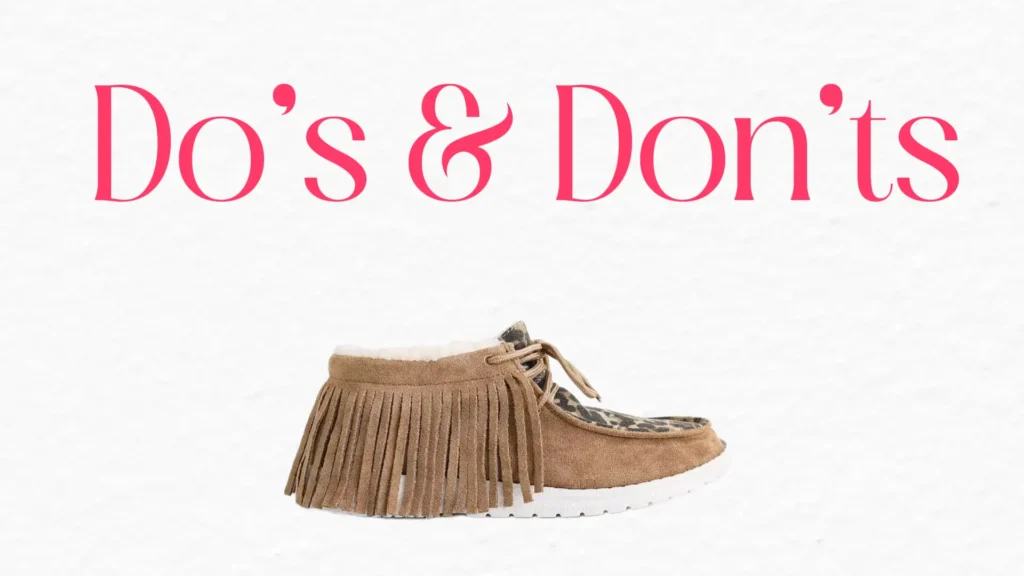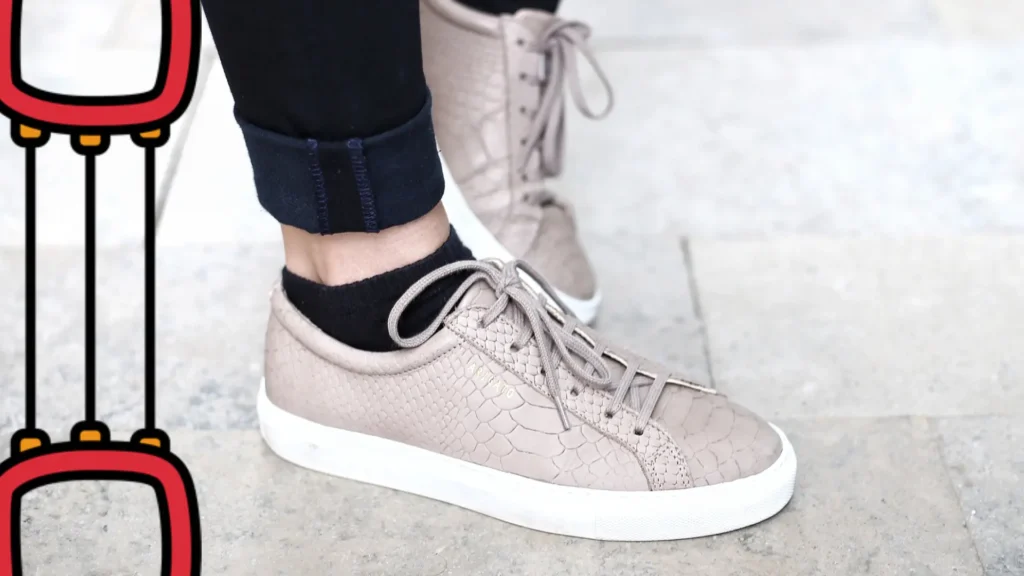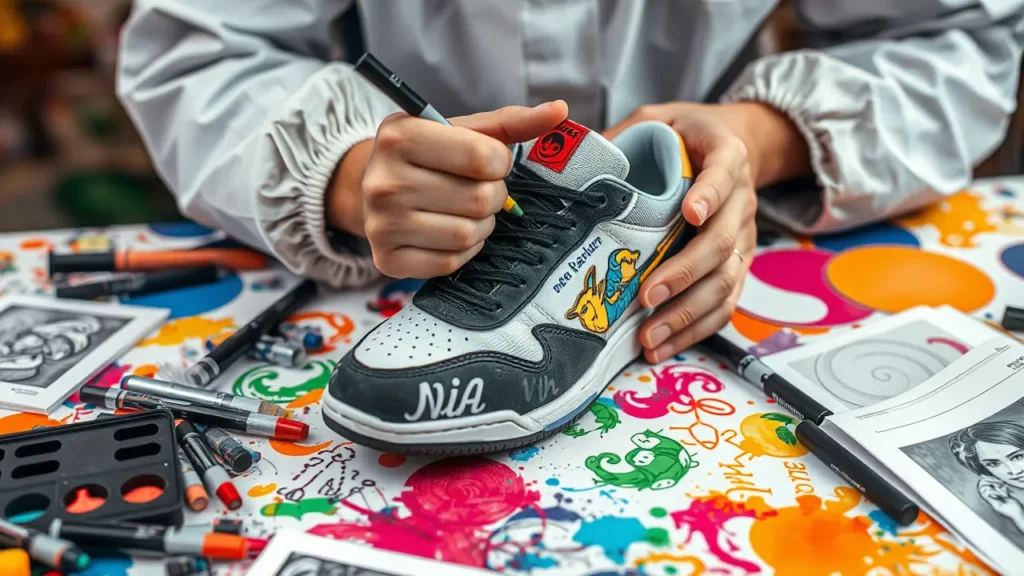Gardening is more than just a hobby; it’s a therapeutic activity that connects us with nature. However, the physical demands of gardening—such as prolonged standing, bending, and walking on uneven terrain—can take a toll on your feet.
Without proper footwear, these activities can lead to discomfort and even injury. This article delves into the importance of orthopedic shoes for gardening and how they can enhance your gardening experience.
Understanding the Importance of Proper Footwear in Gardening
Gardening may seem simple, but it puts a lot of stress on your feet. It often involves long periods of standing, bending, squatting, kneeling, and walking on uneven or hard surfaces. Without proper footwear, your feet can become sore, tired, or even injured.
Heel pain, blisters, and foot fatigue are common problems gardeners face. This is why choosing the right shoes is not just a comfort matter—it is essential for safety and long-term foot health. Orthopedic shoes are designed to give the support, cushioning, and protection your feet need while gardening.
One of the main benefits of orthopedic shoes is arch support. The arch of your foot helps distribute your body weight evenly. Without proper support, pressure builds in certain areas, which can lead to pain and conditions like plantar fasciitis. Shoes with built-in arch support reduce this pressure and help keep your feet aligned.
According to Overlook Boots, shoes with good arch support can reduce pain, improve balance, and prevent long-term foot problems. This support is particularly important in gardening because of the constant shifting of weight when you walk, kneel, or bend.
Cushioning is another key feature. When you walk on hard paths, gravel, or kneel on the soil, your feet and joints absorb a lot of impact. Shoes with soft, shock-absorbing soles help reduce this impact. This means less strain on your knees, ankles, and lower back. KURU Footwear make gardening shoes with advanced cushioning systems.
These shoes make it easier to stay on your feet for longer periods without discomfort. Proper cushioning can also help prevent fatigue, letting you enjoy your gardening sessions more and focus on your plants instead of foot pain.
Gardens can also be unpredictable environments. There may be sharp sticks, stones, garden tools, insects, and wet surfaces. Protective features in orthopedic shoes, like closed toes and waterproof materials, help shield your feet from these hazards.
Closed-toe shoes prevent cuts and scrapes from tools or debris. Waterproof materials keep your feet dry and comfortable, especially if you work in wet soil or after watering plants. For example, Bogs Women’s Garden Shoes are made from ultra-soft and flexible rubber.
They offer all-day comfort while keeping your feet protected from moisture and sharp objects. This makes it possible to garden safely without worrying about injuries or wet, uncomfortable feet.
In short, proper footwear is not just a luxury for gardeners—it is essential. The combination of arch support, cushioning, and protective materials ensures your feet remain healthy, comfortable, and safe.
Choosing the right orthopedic shoes can transform gardening from a tiring chore into an enjoyable activity where you can focus on your plants without pain or fatigue.
Choosing the Right Orthopedic Shoes for Gardening
Selecting the right orthopedic shoes is crucial for making your gardening sessions comfortable, safe, and enjoyable. Not all shoes are designed to handle long hours on uneven soil or wet surfaces.
The right pair will provide support, protection, and comfort, reducing fatigue and preventing injuries. When shopping for gardening shoes, consider the following factors carefully.
Fit and Comfort
A proper fit is the foundation of any good orthopedic shoe. Shoes that are too tight can cause blisters, bunions, or pressure points. Shoes that are too loose can make your foot slide around, increasing the risk of falls. Look for shoes with adjustable features such as straps, laces, or elastic bands.
These allow you to customize the fit and provide a secure feel throughout the day. Soft, padded insoles also add comfort, supporting your arches and cushioning your heels. Comfort is especially important for gardeners who spend hours on their feet or kneeling while tending to plants.
Material
The material of your gardening shoes affects both comfort and durability. Breathable materials prevent your feet from getting sweaty and help avoid odors.
Waterproof materials protect your feet from wet soil, puddles, and morning dew. Common materials for orthopedic gardening shoes include rubber, EVA (ethylene-vinyl acetate), and neoprene. Rubber is flexible, waterproof, and easy to clean.
EVA is lightweight and shock-absorbing, reducing pressure on your joints. Neoprene is soft and durable, offering a snug fit while protecting against moisture. Choosing the right material ensures your feet stay dry, comfortable, and supported throughout your gardening tasks.
Traction
Gardens can be slippery, especially after watering or rainfall. Poor traction increases the risk of slips and falls, which can cause serious injuries. Look for shoes with slip-resistant soles that provide grip on soil, mulch, gravel, and wet surfaces.
Deep treads and textured soles are ideal for maintaining balance and stability while walking on uneven terrain. Good traction also helps when kneeling, squatting, or stepping over garden edges. Your shoes should allow you to move confidently without worrying about slipping.
Ease of Cleaning
Gardening can get messy, and shoes will often come into contact with mud, water, fertilizer, and plant debris. Easy-to-clean shoes save time and keep your footwear hygienic. Rubber or EVA shoes can be rinsed or wiped down quickly. Some brands offer shoes that are fully waterproof and machine washable.
Choosing shoes that are easy to clean ensures they stay in good condition and prevents dirt or bacteria from causing discomfort or odors. Maintenance should be simple, so you can focus on gardening without fuss.
Benefits of Orthopedic Shoes for Gardeners
Wearing the right orthopedic shoes can completely change the way you garden. They do more than just cover your feet—they protect, support, and make every movement easier. Investing in proper footwear can prevent discomfort, reduce injuries, and allow you to enjoy your time outdoors without pain. Let’s explore the key benefits in detail.
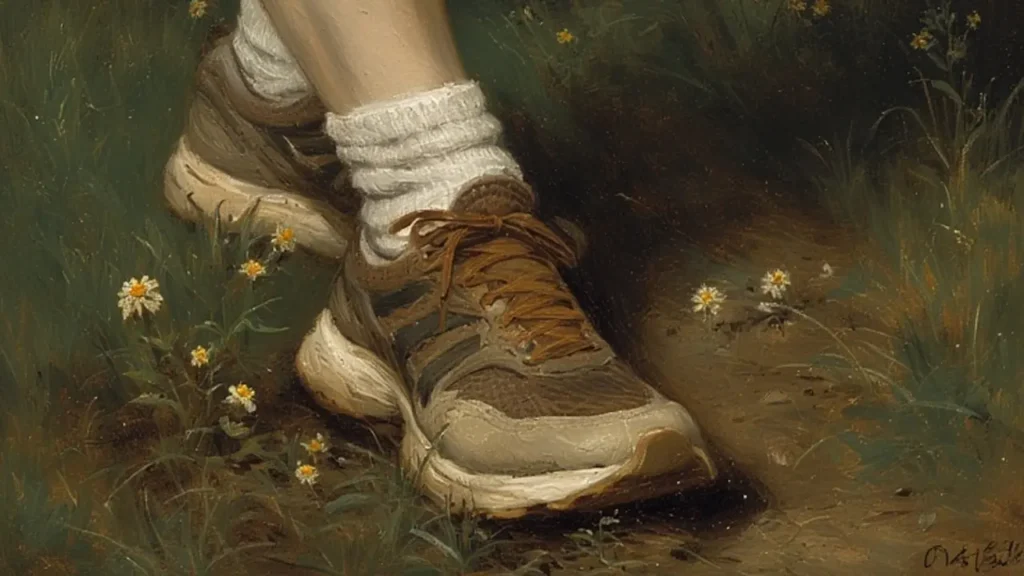
Reduced Foot Pain: Gardening puts a lot of pressure on your feet. Standing for long periods, bending, kneeling, or walking on uneven surfaces can lead to common issues like plantar fasciitis, heel spurs, or general foot soreness. Orthopedic shoes are designed with built-in arch support and cushioning to reduce stress on your feet.
Shock-absorbing soles help spread weight evenly and soften the impact on your heels. With the right shoes, you can garden longer without feeling tired or experiencing pain. Pain-free feet make gardening more enjoyable and allow you to focus fully on your plants.
Enhanced Stability: Slippery soil, wet grass, or uneven paths can make gardening risky without the right footwear. Orthopedic shoes with strong arch support and slip-resistant soles provide better balance.
They help you maintain a firm stance while standing, walking, or bending. Good traction reduces the risk of falls and injuries, which is especially important when carrying tools or heavy plants. Stability from proper shoes gives confidence in every step and lets you move safely across your garden.
Increased Endurance: Comfortable, supportive shoes allow your feet and legs to work efficiently without fatigue. With cushioned soles and proper alignment, orthopedic shoes reduce strain on your arches, heels, knees, and lower back.
This means you can spend more hours planting, weeding, or harvesting without getting tired too quickly. Increased endurance not only improves your gardening productivity but also enhances the pleasure of spending time outdoors. You can enjoy longer sessions in your garden while keeping your body comfortable and supported.
Protection from Injuries: Gardens are full of potential hazards, from sharp tools and sticks to insects and wet surfaces. Closed-toe designs and waterproof materials provide essential protection. Orthopedic shoes shield your toes from cuts, bruises, or stings while keeping your feet dry in damp soil.
Durable materials resist wear and tear, making them safe for long-term use in challenging garden conditions. By protecting your feet, these shoes allow you to focus on gardening without worrying about injury or discomfort.
Gardening should be an enjoyable and pain-free activity. By investing in high-quality orthopedic shoes, you can protect your feet, enhance your comfort, and improve your overall gardening experience. Remember to choose shoes that offer proper arch support, cushioning, and protection to keep your feet happy and healthy during your gardening endeavors.

